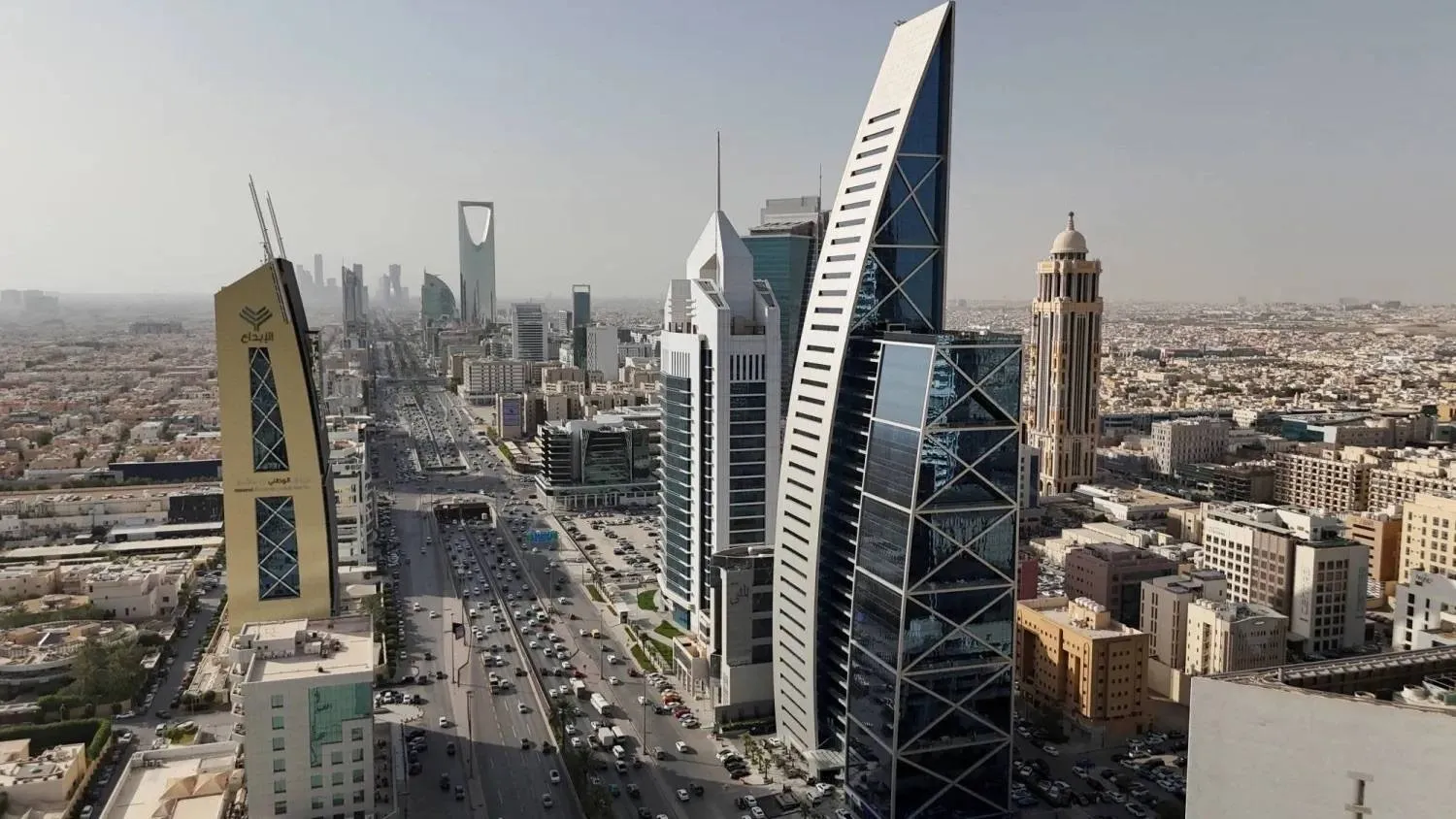CNPC, Asia's top oil producer, is reviewing its global strategy as it looks to revive dealmaking, eyeing gas liquefaction and deepsea drilling as well as building on its record of producing more from aging wells, the head of its research arm said.
China National Petroleum Corp (CNPC) and its listed arm PetroChina face stagnant oil output at home and a scarcity of new projects globally to boost reserves even as slowing economic growth and surging EV usage erode domestic demand, although mounting geopolitical barriers limit its room to maneuver, Reuters reported.
CNPC may rekindle investing in large oil and gas assets as an operator, as it did two decades ago with its $4 billion purchase of Canada's PetroKazakhstan and its takeover of Devon Energy's operations in Indonesia, said Lu Ruquan, who is director of CNPC's Economics and Technology Research Institute (ETRI) and is involved in strategy discussions.
The shift in strategy for Asia's biggest oil producer would be a return to the more acquisitive 1990s and 2000s when it moved into Sudan and Chad and carried out the Kazakh and Indonesian deals.
Lu likened the company's three decades of overseas investment to "a vessel sailing to midstream,” as he described the need for CNPC to embark on more global acquisitions.
"One needs to paddle harder, or else it will retreat backward," said Lu, the former head of strategy and development at the group's acquisition arm CNPC International before moving to ETRI, offering a rare glimpse into the strategic thinking of one of China's most powerful state enterprises.
CNPC has the firepower to make an impact on the oil and gas deals landscape, with PetroChina alone holding $37.5 billion in cash equivalents in 2023.
CNPC may try to expand on its liquefied natural gas (LNG) investments in Qatar, Lu said, following on from last year's deal that chains a small stake in QatarEnergy's massive gas liquefaction plants with a multi-year offtake agreement.
CNPC will also scout for opportunities in South American deep sea acreage adjacent to fields in Guyana where China's CNOOC Ltd, part of an Exxon Mobil-led consortium, struck massive new discoveries, he said.
PetroChina produces more than Exxon Mobil but its share of output from global operations shrank to 11% last year, according to company data, from a peak of nearly 14% in 2019. Chinese companies limited their global acquisitions after the 2014/15 oil price collapse.
Lu cautioned that given sanctions constraints in key hydrocarbon-rich targets such as Venezuela, Iran and Russia, more practical options include extending existing contracts such as those in Kazakhstan and Indonesia, which are nearing expiration.
"PetroChina's biggest strength is to extract more oil out of aging fields," he said, a capability developed over decades at the vast and still-productive Daqing field in northeast China.
Analysts at Wood Mackenzie predict a revival in international acquisitions by national oil companies (NOCs) after last year's two-decade low as the industry refocuses on oil and gas amid a slowdown in energy transition activity.
"International business development remains a major priority for China's largest NOCs, but they have adopted a cautious approach to deal-making in recent years," Woodmac said.
CNPC may be facing the highest geopolitical hurdles since it first ventured overseas in 1993, said Lu.
Chinese companies have refrained from new investments in Russia as other global firms exited following Russia's war with Ukraine, although China is one of Russia's biggest oil clients and a fast growing buyer of natural gas.
Strained relations with the United States have hindered opportunities there, where $250 billion in deals were made during last year's industry consolidation.
CNPC and PetroChina do not own any US producing assets and PetroChina delisted from the New York Stock Exchange in 2022 because of auditing scrutiny.
Lu also cautioned its alliances combining CNPC's construction and engineering expertise with oil majors' commercial and legal acumen, such as at Kashagan in Kazakhstan with Chevron, have limits as a business model.
"It's challenging to safeguard your interest and access sufficient operational information as a small investor. We would need strong commercial and legal skills which happen to be our weak links," he said.
Chinese Oil Giant Looks to Revive Global Dealmaking

FILE PHOTO: A 3D printed natural gas pipeline is placed in front of displayed CNPC (China National Petroleum Corporation) logo in this illustration taken February 8, 2022. REUTERS/Dado Ruvic/Illustration/File Photo

Chinese Oil Giant Looks to Revive Global Dealmaking

FILE PHOTO: A 3D printed natural gas pipeline is placed in front of displayed CNPC (China National Petroleum Corporation) logo in this illustration taken February 8, 2022. REUTERS/Dado Ruvic/Illustration/File Photo
لم تشترك بعد
انشئ حساباً خاصاً بك لتحصل على أخبار مخصصة لك ولتتمتع بخاصية حفظ المقالات وتتلقى نشراتنا البريدية المتنوعة







